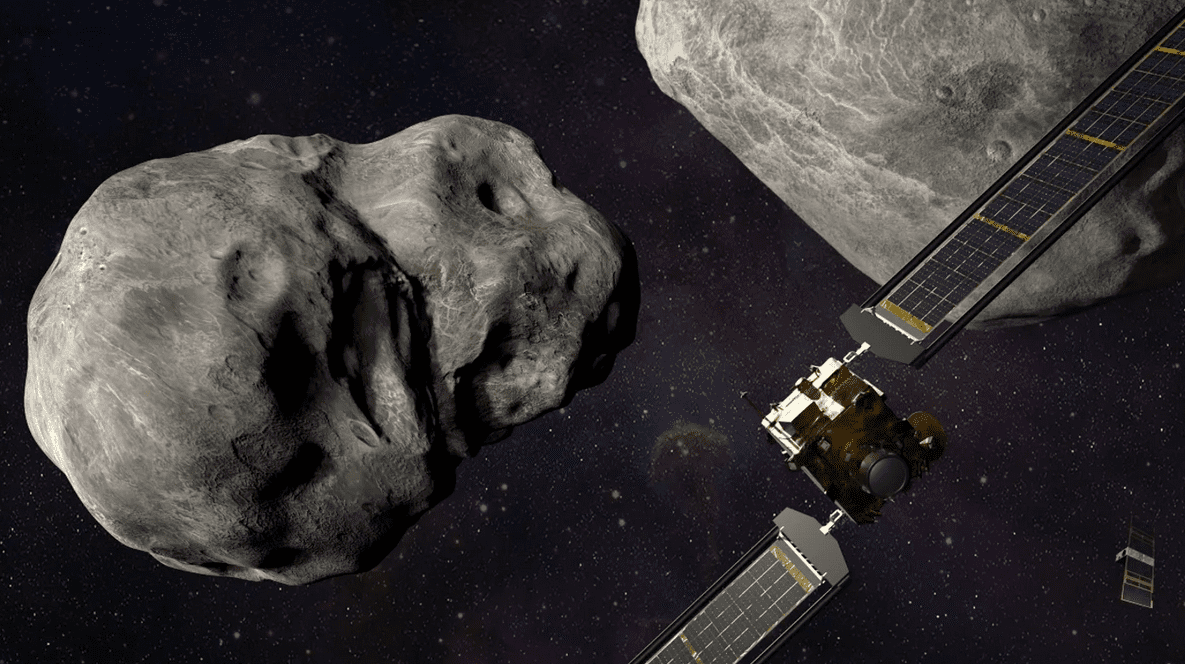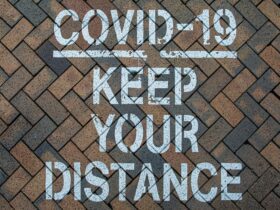Soon, a far-off asteroid will be intentionally hit by the NASA Double Asteroid Redirection Test (DART). It sounds so ambitious that even our wildest SF dreams can’t beat that!
This space mission marks humanity’s first effort to purposefully crash a spacecraft into an asteroid in order to alter its trajectory. According to NASA, the target asteroid, Dimorphos, is not a danger to Earth, making it the ‘perfect testing ground.’ That’s also necessary to determine whether the asteroid deflection technique would be an effective way to defend the planet in the event that an asteroid on a collision course with it were to be discovered.
Here is what you need to know.
DART Mission: What to Expect?
It will be the first time in human history that a spacecraft would purposefully collide with an asteroid in order to alter its trajectory. And it’s going to happen today (Monday, September 26).
Dimorphos travels around Didymos, a bigger asteroid, once every 11 hours, 55 minutes. According to NASA, the intended asteroid poses no risk to Earth, making it the ideal testing site.
Mission insights
Telescopes and cameras will capture the DART spacecraft colliding with the 2.500-foot asteroid at 14.000 miles/ h. Still, it may take days or even weeks to determine whether the collision altered the asteroid’s orbit. That should also be cut down by around 10 minutes by the kinetic crash into Dimorphos, which is over 7 million km away from Earth. Quite fascinating, isn’t it?!
The DRACO (Didymos Reconnaissance and Asteroid Camera for Optical) navigation imager is the only instrument used by DART. The device helps the spacecraft’s SMART (Small-body Maneuvering Autonomous Real-Time Navigation) Nav autonomous guidance system direct it to impact.
Moreover, due to the spacecraft’s navigation system’s ability to discern between the two asteroids and focus on the smaller one, NASA is sure that DART won’t unintentionally collide with the bigger Didymos.
The spacecraft’s journey is over unless DART misses, which has a less than 10 % chance. If something goes wrong, it will have another chance to interact with the asteroids in a few years.












Leave a Reply